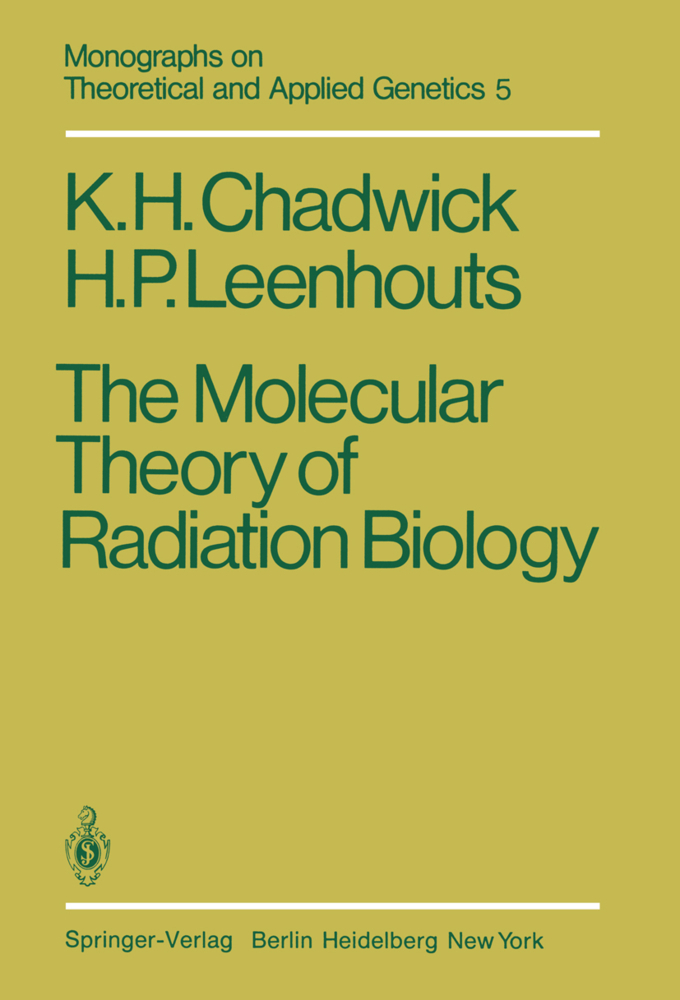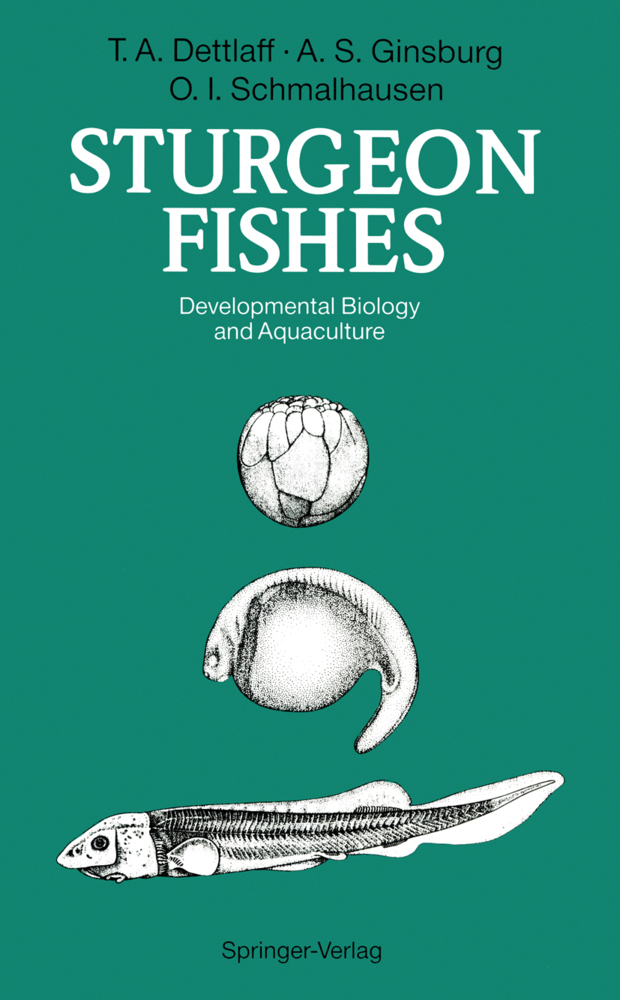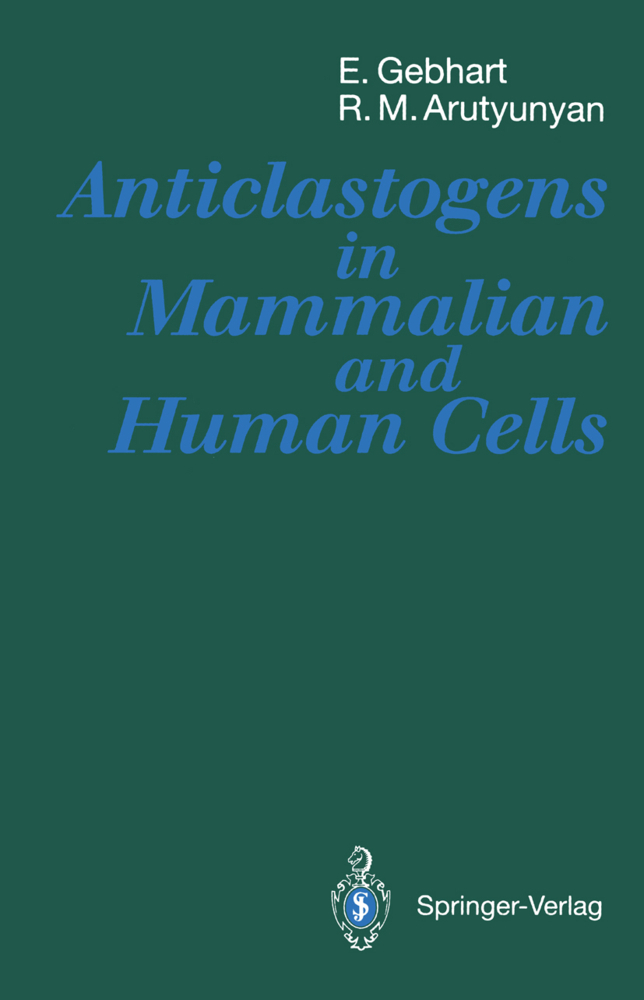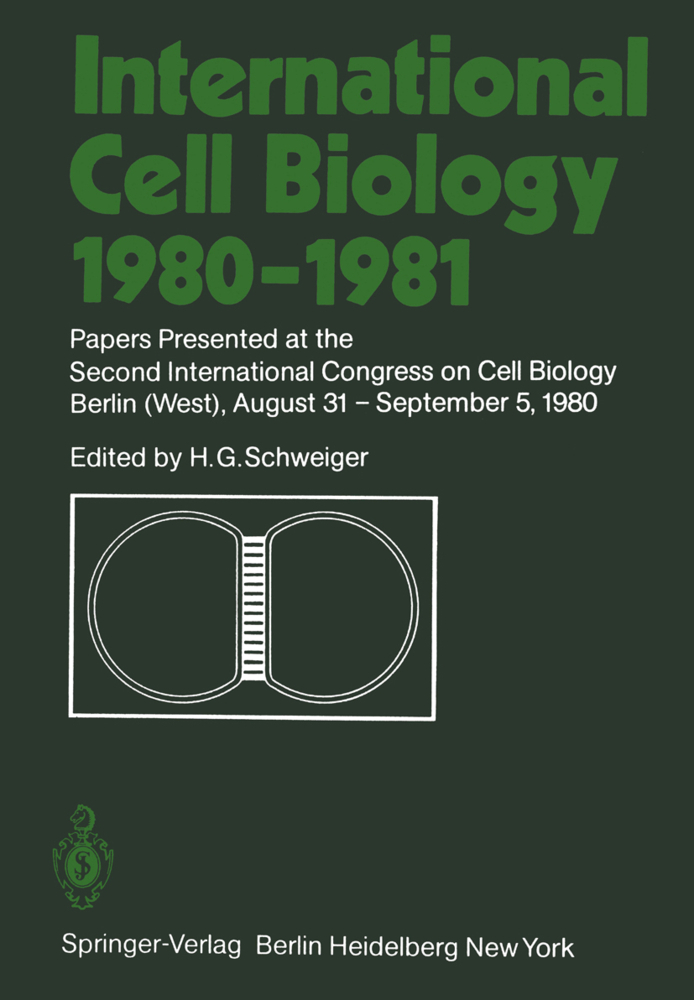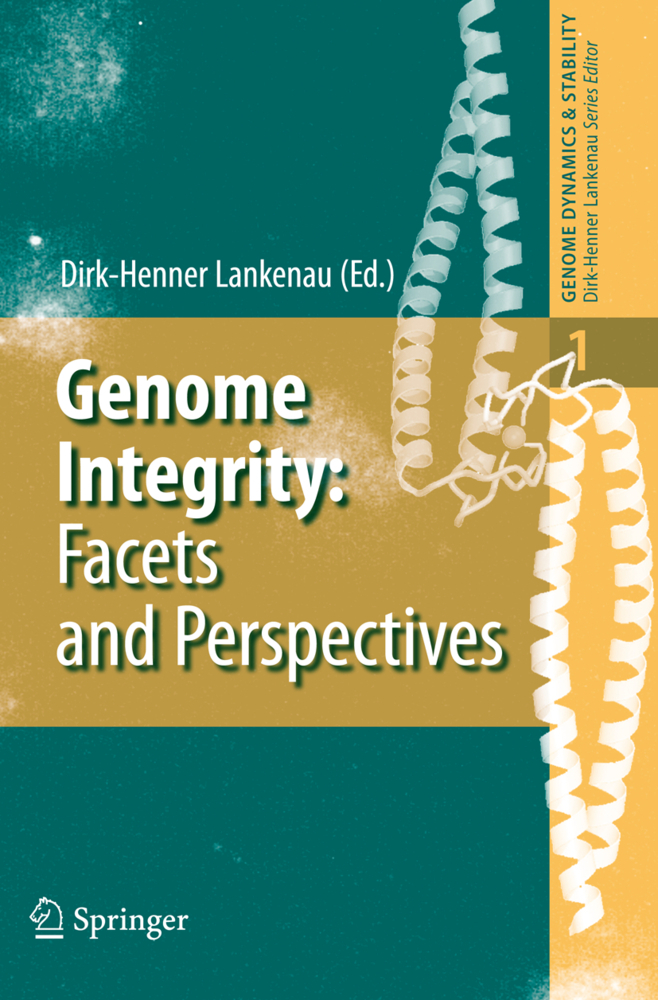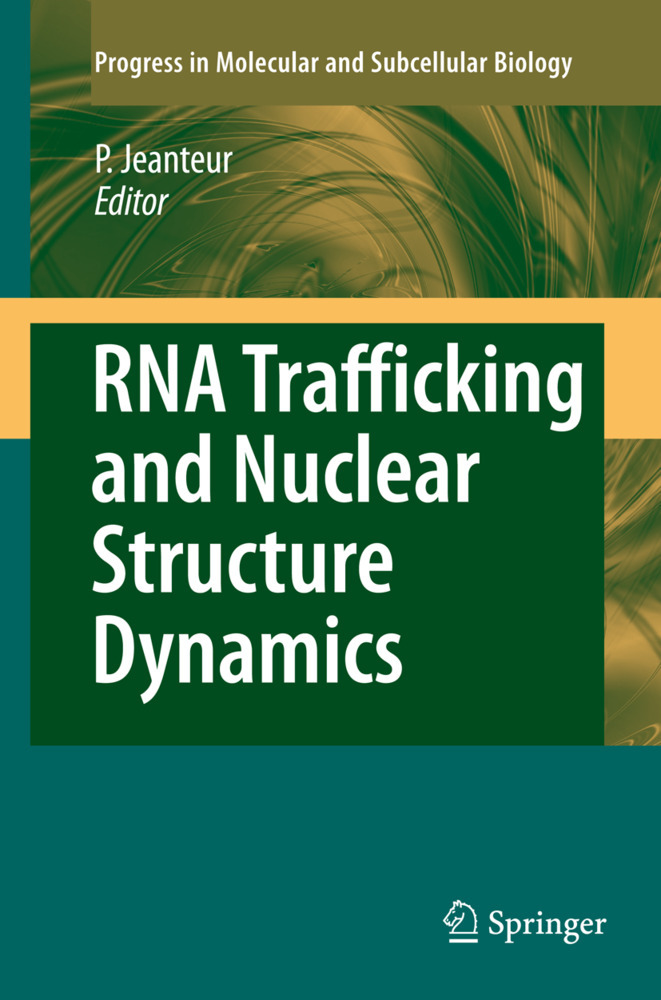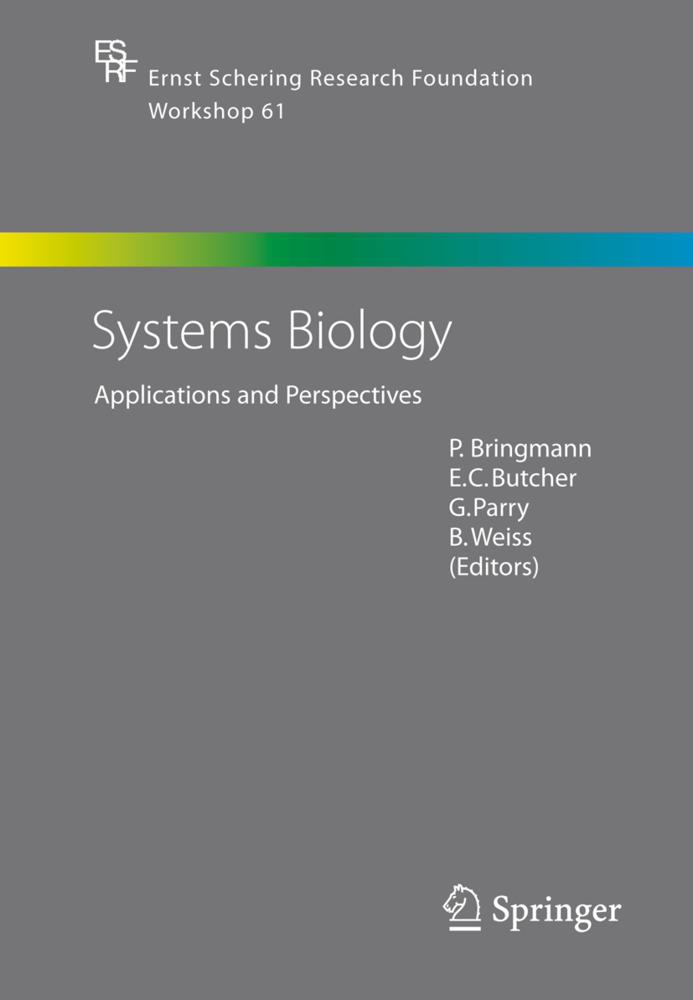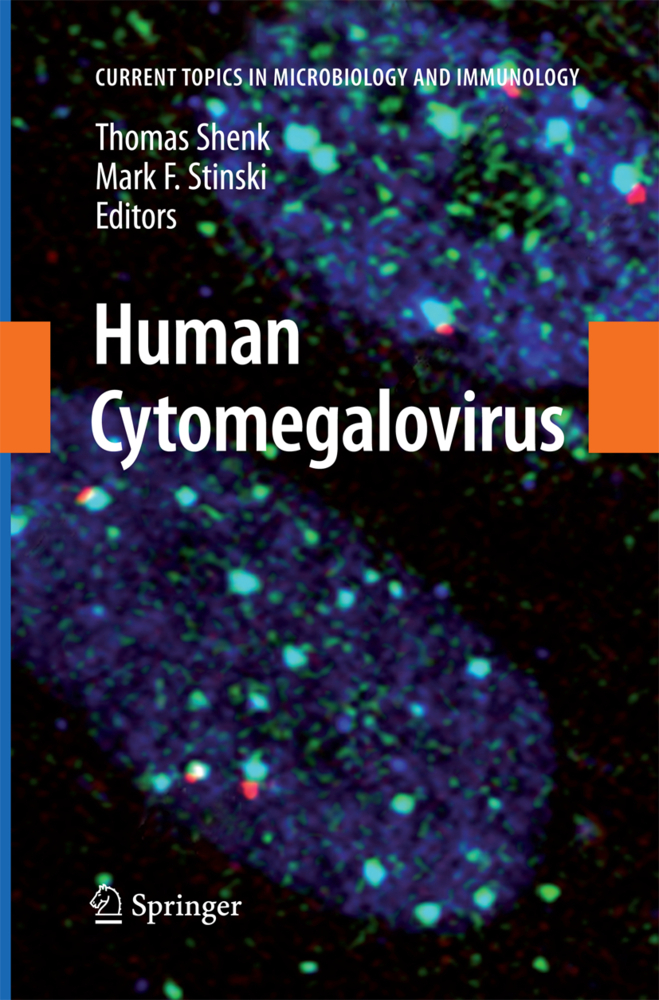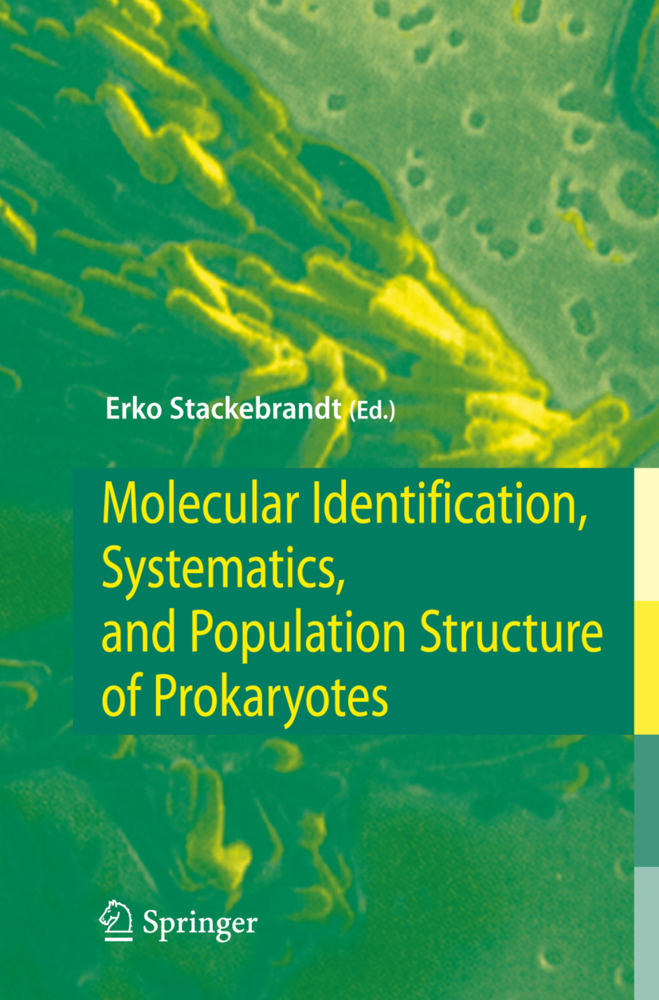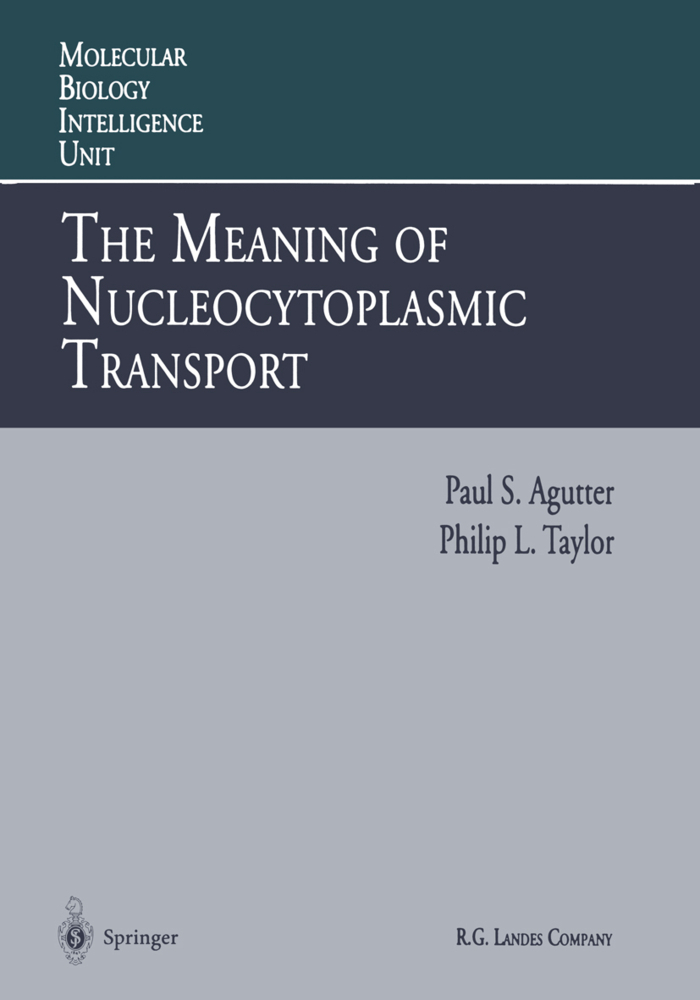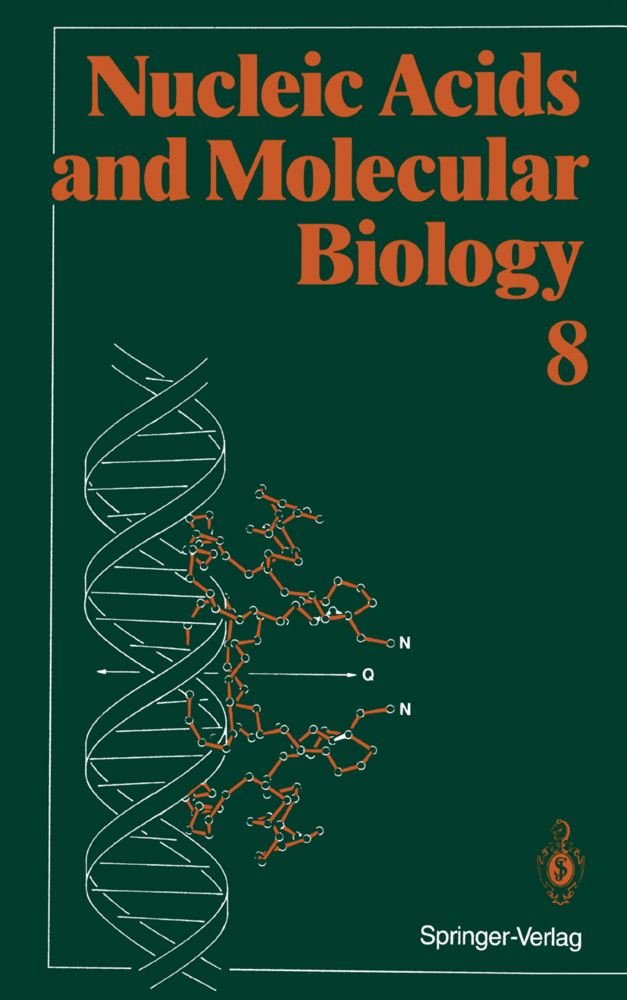The Molecular Theory of Radiation Biology
The Molecular Theory of Radiation Biology
In late 1971 we were involved in a study of the interaction of radiation with matter and were trying to use measurements of radiation fluorescence in biological molecules to indicate how radiation affected living cells. It soon became apparent that we were working in the dark; the doses we used to get a significant signal were too large to be of interest for radiation biology and although the DNA molecule appeared to be the most likely target molecule we did not know which sort of events and which sort oflesions were the most important. We decided to alter our approach to see if we could find any consistent mathematical order in the radiobiological dose relationships. We found that cell survival curves could be very usefully described by a linear-quadratic dose relationship and very soon came to the somewhat premature but, as it turned out, most effective conclusion that the induction of DNA double strand breaks should be linear-quadratic. In deciding that the DNA double strand break was the crucial and all-important lesion we were able to associate the mathematical analysis with the biology of the cell and were able to relate known properties of the DNA molecule to known radiobiological effects. On the other hand, we were restricted and brought, from an abstract two-hit lesion which could have any property one wished, down to earth, to a defined moleccular structure of nanometer dimensions and well-known functions and properties.
1.2 Radiation Biology: the Interdisciplinary Discipline
1.3 The Importance of Cellular Biology
1.4 The Quantitative Analysis of Radiation Action: a Brief Historical Review
1.5 Desiderata for a Quantitative Theory of Radiation Biology
2. The DNA Molecule and Its Role in the Cell
2.1 Introduction
2.2 The Structure and Dimensions of the DNA Molecule
2.3 Base Sequences and the Genetic Code
2.4 DNA Replication
2.5 DNA in Chromosomes
2.6 The Diploid Cell, Mitosis and Meiosis
2.7 Radiation-Induced Damage to DNA
3. The Molecular Model for Cell Survival Following Radiation
3.1 Historical Development
3.2 The Philosophical Framework of the Model
3.3 The Induction of DNA Double Strand Breaks by Radiation
3.4 The Relationship Between Cell Survival and DNA Double Strand Breaks
3.5 The Cell Survival Curve
3.6 Variation in the Survival Curve Through the Cell Cycle
3.7 Asynchronous Cell Populations
3.8 The Experimental Correlation Between Cell Survival and DNA Double Strand Breaks
3.9 Summary
4. Chromosomal Aberrations
4.1 Introduction
4.2 The Nature and Yield of Chromosomal Aberrations
4.3 The Classical and Exchange Theories of Radiation- Induced Chromosomal Aberrations
4.4 The Molecular Theory of Radiation-Induced Chromosomal Aberrations
4.5 Complex Chromosomal Rearrangements
4.6 Gene Transplantation
4.7 Summary
5. Somatic Mutations
5.1 Point and Chromosome Mutations
5.2 Some Molecular Mechanisms Which Could Give Rise to Mutations from DNA Double Strand Breaks
5.3 Mutation Frequency Dose Relationships
5.4 The Analysis of Experimental Data
5.5 Two Mutations in the Same Cell Population
5.6 The Mutation Spectrum
5.7 Summary
6. Correlations
6.1 Introduction
6.2 The Survival-Survival Correlation
6.3 The Survival-Chromosomal Aberration Correlation
6.4 The Correlation Between Different Chromosomal Aberrations
6.5 The Correlation Between "Normal" Chromosomal Aberrations and "Complex" Chromosomal Aberrations
6.6 The Correlation Between Survival and Somatic Mutation
6.7 The Correlation Between Two Different Mutations Induced in the Same Cell Population
6.8 The Peak Incidence - an Implied Correlation
6.9 What Do the Correlations Mean?
7. Repair
7.1 Introduction
7.2 The Repair of DNA Single Strand Breaks and the Dose Rate Effect
7.3 The Repair of DNA Single Strand Breaks and the Effect of Dose Fractionation
7.4 The Repair of DNA Double Strand Breaks and the Post-Irradiation Effect
7.5 The Difference Between Sub-lethal Damage Repair and Potentially Lethal Damage Repair
8. Radiation Quality
8.1 The Differing Shape of Dose-response Relationships
8.2 A Qualitative Assessment of the Dependence of the ?-Coefficient on Radiation Quality
8.3 A Qualitative Assessment of the Dependence of the ?-Coefficient on Radiation Quality
8.4 How Constant is the Value of RBEo?
8.5 The Size of the Target
8.6 A Calculation of the Dependence of the a- and ß- Coefficients on Radiation Quality
8.7 Summary
9. Cancer
9.1 Introduction
9.2 Somatic Mutation and Cancer
9.3 The Malignant Cell
9.4 Radiation-Induced Cell Transformation
9.5 Extrapolation to Animals and Man
9.6 Conclusion
10. Genetic Effects
10.1 Introduction
10.2 The Induction of Dominant Lethal Mutations
10.3 Correlations Between Different Genetic End Points
10.4 The Induction of Translocations in the Spermatogonia of the Mouse
10.5 The Induction of Specific Locus Mutations in the Mouse
10.6 Conclusions
11. Synergistic Interaction
11.1 Introduction
11.2 Theoretical Development
11.3 Agent Toxicity
11.4 Agent Dosimetry
11.5 Experimental Examples of Synergism
11.6 General Discussion
12. Implications
12.1 Radiological Protection
12.2 The Chemical Hazard
12.3 Radiation Therapy
12.4 Plant Mutation Breeding
12.5 Postscript
References
List of Abbreviations.
1. Quantitative Radiation Biology
1.1 Radiation in Society1.2 Radiation Biology: the Interdisciplinary Discipline
1.3 The Importance of Cellular Biology
1.4 The Quantitative Analysis of Radiation Action: a Brief Historical Review
1.5 Desiderata for a Quantitative Theory of Radiation Biology
2. The DNA Molecule and Its Role in the Cell
2.1 Introduction
2.2 The Structure and Dimensions of the DNA Molecule
2.3 Base Sequences and the Genetic Code
2.4 DNA Replication
2.5 DNA in Chromosomes
2.6 The Diploid Cell, Mitosis and Meiosis
2.7 Radiation-Induced Damage to DNA
3. The Molecular Model for Cell Survival Following Radiation
3.1 Historical Development
3.2 The Philosophical Framework of the Model
3.3 The Induction of DNA Double Strand Breaks by Radiation
3.4 The Relationship Between Cell Survival and DNA Double Strand Breaks
3.5 The Cell Survival Curve
3.6 Variation in the Survival Curve Through the Cell Cycle
3.7 Asynchronous Cell Populations
3.8 The Experimental Correlation Between Cell Survival and DNA Double Strand Breaks
3.9 Summary
4. Chromosomal Aberrations
4.1 Introduction
4.2 The Nature and Yield of Chromosomal Aberrations
4.3 The Classical and Exchange Theories of Radiation- Induced Chromosomal Aberrations
4.4 The Molecular Theory of Radiation-Induced Chromosomal Aberrations
4.5 Complex Chromosomal Rearrangements
4.6 Gene Transplantation
4.7 Summary
5. Somatic Mutations
5.1 Point and Chromosome Mutations
5.2 Some Molecular Mechanisms Which Could Give Rise to Mutations from DNA Double Strand Breaks
5.3 Mutation Frequency Dose Relationships
5.4 The Analysis of Experimental Data
5.5 Two Mutations in the Same Cell Population
5.6 The Mutation Spectrum
5.7 Summary
6. Correlations
6.1 Introduction
6.2 The Survival-Survival Correlation
6.3 The Survival-Chromosomal Aberration Correlation
6.4 The Correlation Between Different Chromosomal Aberrations
6.5 The Correlation Between "Normal" Chromosomal Aberrations and "Complex" Chromosomal Aberrations
6.6 The Correlation Between Survival and Somatic Mutation
6.7 The Correlation Between Two Different Mutations Induced in the Same Cell Population
6.8 The Peak Incidence - an Implied Correlation
6.9 What Do the Correlations Mean?
7. Repair
7.1 Introduction
7.2 The Repair of DNA Single Strand Breaks and the Dose Rate Effect
7.3 The Repair of DNA Single Strand Breaks and the Effect of Dose Fractionation
7.4 The Repair of DNA Double Strand Breaks and the Post-Irradiation Effect
7.5 The Difference Between Sub-lethal Damage Repair and Potentially Lethal Damage Repair
8. Radiation Quality
8.1 The Differing Shape of Dose-response Relationships
8.2 A Qualitative Assessment of the Dependence of the ?-Coefficient on Radiation Quality
8.3 A Qualitative Assessment of the Dependence of the ?-Coefficient on Radiation Quality
8.4 How Constant is the Value of RBEo?
8.5 The Size of the Target
8.6 A Calculation of the Dependence of the a- and ß- Coefficients on Radiation Quality
8.7 Summary
9. Cancer
9.1 Introduction
9.2 Somatic Mutation and Cancer
9.3 The Malignant Cell
9.4 Radiation-Induced Cell Transformation
9.5 Extrapolation to Animals and Man
9.6 Conclusion
10. Genetic Effects
10.1 Introduction
10.2 The Induction of Dominant Lethal Mutations
10.3 Correlations Between Different Genetic End Points
10.4 The Induction of Translocations in the Spermatogonia of the Mouse
10.5 The Induction of Specific Locus Mutations in the Mouse
10.6 Conclusions
11. Synergistic Interaction
11.1 Introduction
11.2 Theoretical Development
11.3 Agent Toxicity
11.4 Agent Dosimetry
11.5 Experimental Examples of Synergism
11.6 General Discussion
12. Implications
12.1 Radiological Protection
12.2 The Chemical Hazard
12.3 Radiation Therapy
12.4 Plant Mutation Breeding
12.5 Postscript
References
List of Abbreviations.
Chadwick, K. H.
Leenhouts, H. P.
| ISBN | 978-3-642-81521-8 |
|---|---|
| Artikelnummer | 9783642815218 |
| Medientyp | Buch |
| Auflage | Softcover reprint of the original 1st ed. 1981 |
| Copyrightjahr | 2012 |
| Verlag | Springer, Berlin |
| Umfang | XVII, 377 Seiten |
| Abbildungen | XVII, 377 p. 15 illus. |
| Sprache | Englisch |

